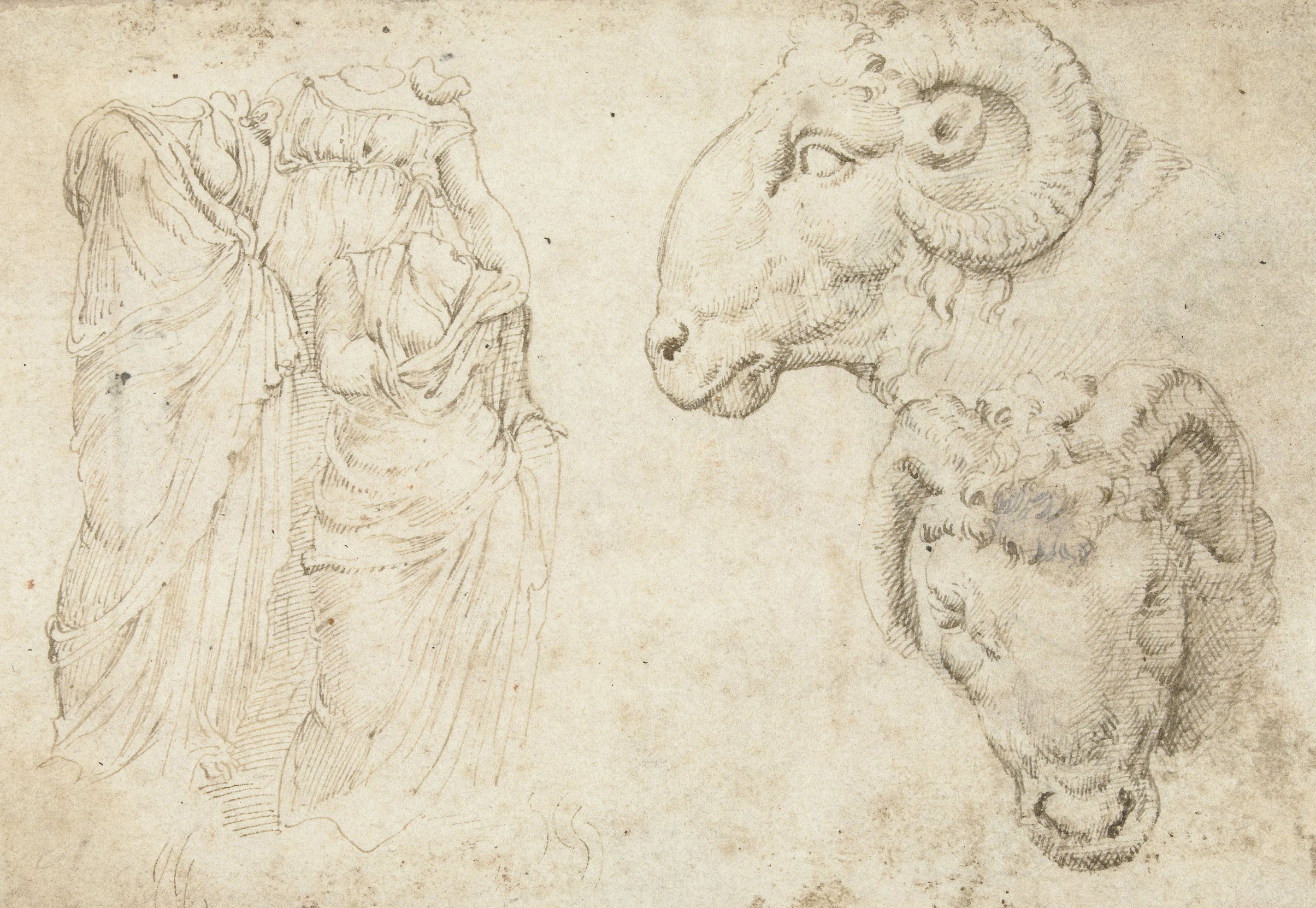Weshalb die ‚Römischen Skizzenbücher von Marten van Heemskerck‘ nicht von Heemskerck stammen können
Quellenkritische, überlieferungsgeschichtliche und kennerschaftliche Anmerkungen zu zwei Neuerscheinungen
Identifier (Artikel)
Abstract
Why the ‚Roman Sketchbooks by Marten van Heemskerck‘ Cannot Be by Heemskerck
Remarks on Two Recent Publications in the Light of Source Criticism, History of Tradition, and Connoisseurship
The well-known ensemble of drawings of Netherlandish origin, including a large number of Roman vedute from the 1530s, now divided into two volumes in the Berlin Kupferstichkabinett, has a quite complicated history of transmission. While the first volume, acquired in 1879, was early on associated with the name of Heemskerck, this was not the case for the second volume. Nevertheless, when Jaro Springer announced its acquisition in 1891, he recognised “the same hand and technique” as in the first volume. However, the attribution of both volumes to Maarten van Heemskerck soon caused problems. For external reasons, art historians had to discard as non-Heemskerckian first the sheets of the so-called “Mantuan sketchbook” including the 360-degree panorama of Rome, then a group of six roman vedute. This article argues that Pieter Jansz. Saenredam, who once possessed the drawings, no longer knew who the author was, but was himself responsible for the fact that the drawings would be auctioned off after his death in 1665 under the appealing name of “Heemskerck”.
Statistiken


Lizenz

Dieses Werk steht unter der Lizenz Creative Commons Namensnennung - Nicht-kommerziell - Keine Bearbeitungen 4.0 International.


